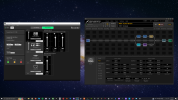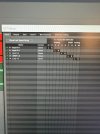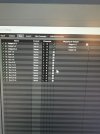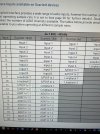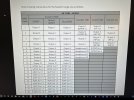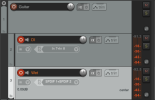Hey Everyone,
I've looked everywhere and I can't find an answer to my problem. I'm not sure if I'm doing something wrong or if recording Wet+DI tracks simultaneously is just impossible with my interface in Pro Tools using a PC. I have the AXE 3, a scarlett 8i6 3rd Gen and Pro Tools (newest version). I have 2 S/PDIF cables connecting the axe and the scarlett so each is going to and from each other and I plug my guitar into the front of the axe and plug headphones into the scarlett. It's a very simple setup. I can record the wet signal over S/PDIF fine and it sounds great but for the life of me I can't figure out how to get a dry signal in there also.
1. What settings I need for Focusrite Control?
2. What settings do I need in Pro Tools to route things the correct way?
3. What settings do I need in the AXE itself?
If someone could help me out with some very specific instructions I'd be very grateful and I think it would be a great piece of information for the forum.
Thanks!
P.S.
Regarding the USB method, it was giving me lag after a certain number of tracks were being used in a song so I opted to start using a dedicated interface.
I've looked everywhere and I can't find an answer to my problem. I'm not sure if I'm doing something wrong or if recording Wet+DI tracks simultaneously is just impossible with my interface in Pro Tools using a PC. I have the AXE 3, a scarlett 8i6 3rd Gen and Pro Tools (newest version). I have 2 S/PDIF cables connecting the axe and the scarlett so each is going to and from each other and I plug my guitar into the front of the axe and plug headphones into the scarlett. It's a very simple setup. I can record the wet signal over S/PDIF fine and it sounds great but for the life of me I can't figure out how to get a dry signal in there also.
1. What settings I need for Focusrite Control?
2. What settings do I need in Pro Tools to route things the correct way?
3. What settings do I need in the AXE itself?
If someone could help me out with some very specific instructions I'd be very grateful and I think it would be a great piece of information for the forum.
Thanks!
P.S.
Regarding the USB method, it was giving me lag after a certain number of tracks were being used in a song so I opted to start using a dedicated interface.

